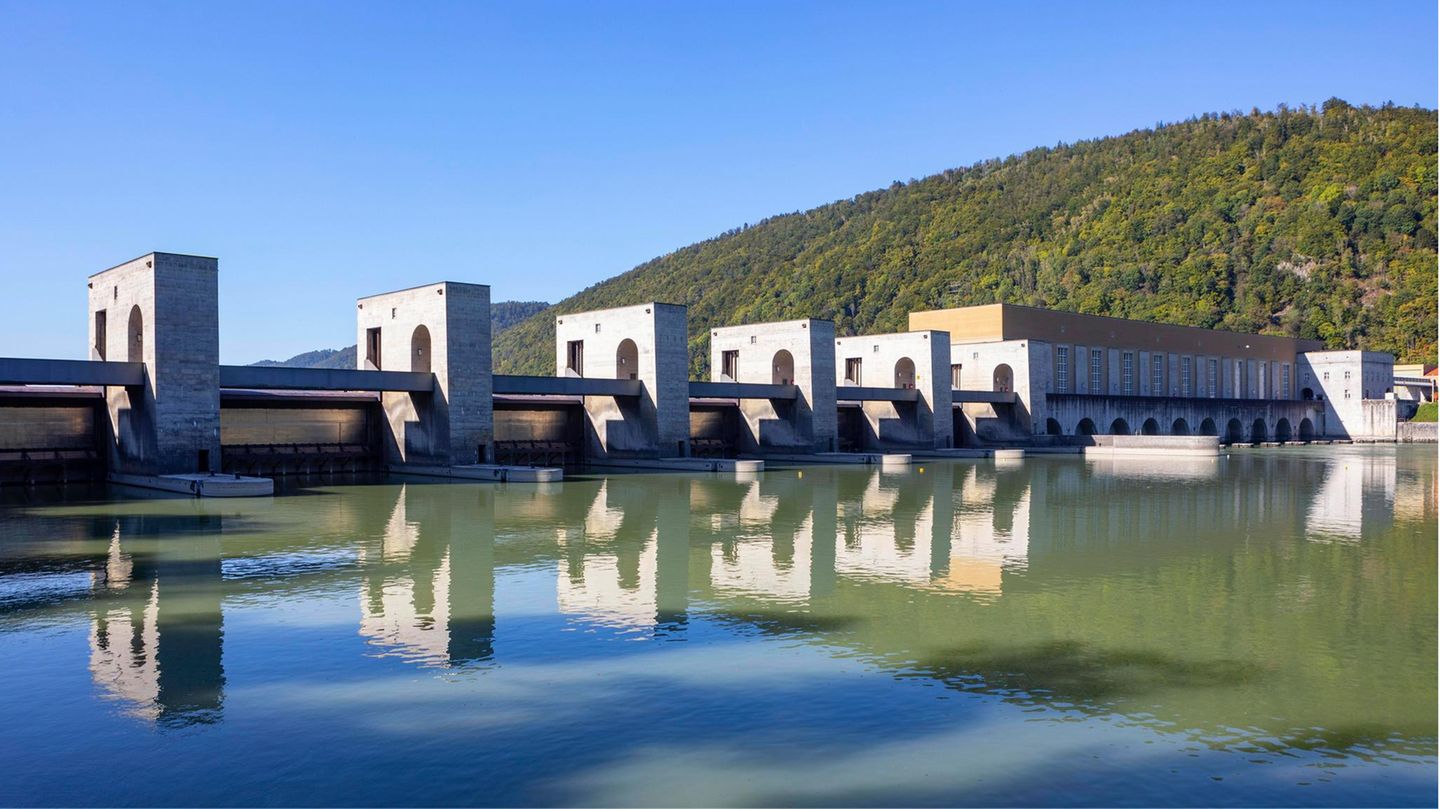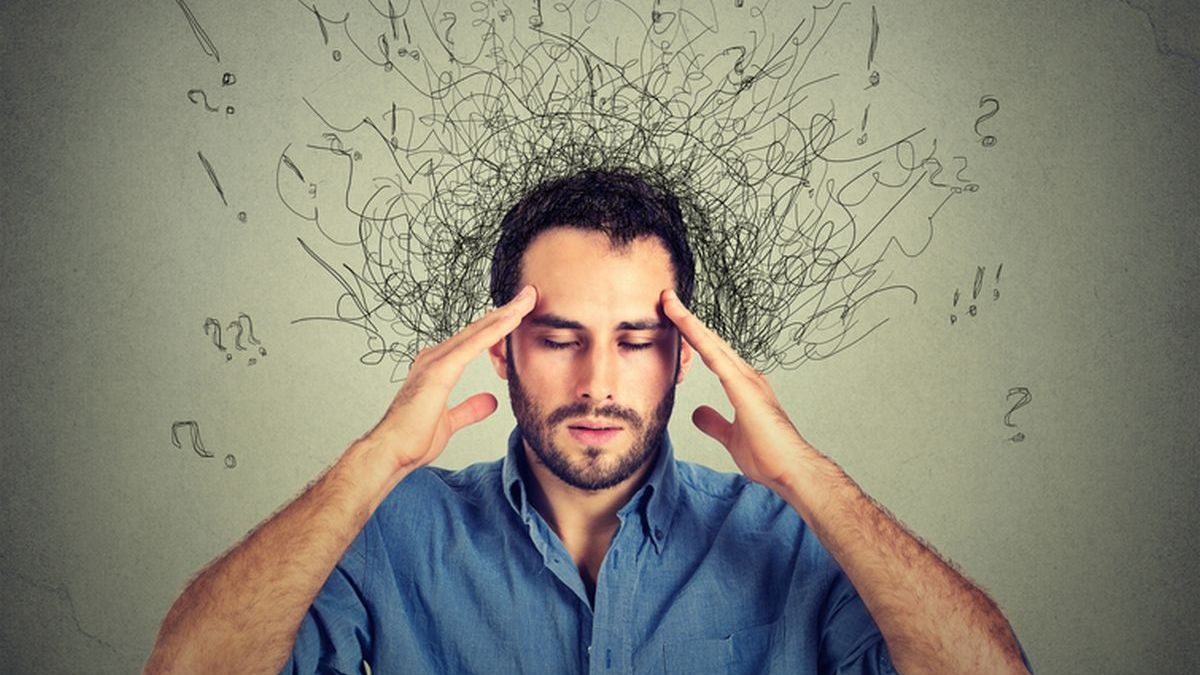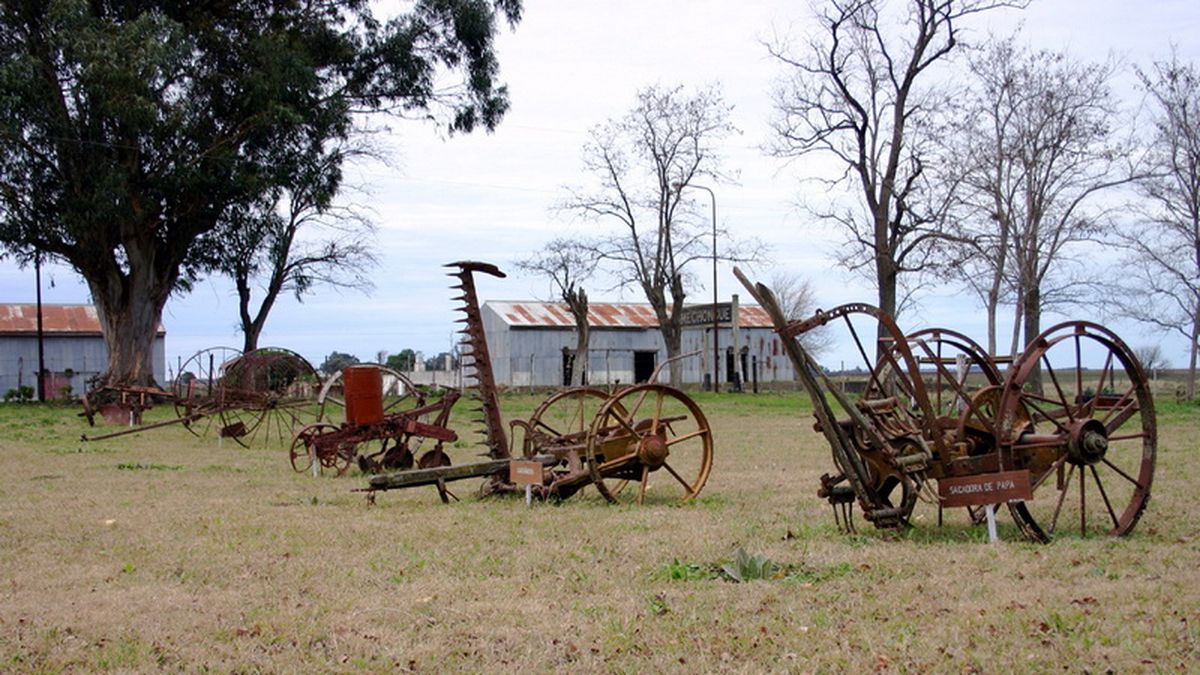Hydropower keeps life going in Austria. Two thirds of the electricity requirement in the Alpine republic is covered in this way. But can this continue in times of climate change and drought?
Nothing is left of the Zicksee in Burgenland, which in a good season attracts more than 5000 day visitors to swim. Spring had only just begun when the body of water had already turned into a sandy desert. The view: dusty, crumbling lake bed instead of surging water. It has become dry in the Alpine republic, a country that is heavily dependent on water for (winter) tourism.
The Austrians could possibly feel the lack of water at the socket in the future. Because the Alpine Republic covers about two thirds of its electricity needs with hydroelectric power. In the land of mountains and streams, this has a tradition that goes back more than 100 years, and there are around 5,000 hydroelectric power plants nationwide. 2020 became so .
But the resource is declining, there was 13 percent less precipitation this winter – compared to the period from 1961 to 1990. According to climate monitoring by the federal institute GeoSphere Austria, western federal states such as Tyrol, Vorarlberg and Salzburg and the southern side of the main Alpine ridge are particularly affected. The most recent rainfall deficit there was around 30 percent.
Inquiry with the Austrian energy suppliers. The snow situation in the past winters was mixed, it is said in four places. From above average in 2020/21 to below average the year after. But: “For our hydroelectric power plants, the amount of precipitation over the whole year is decisive, the snow situation in winter is only part of it,” explains Joseph Stocker, spokesman for the Austrian energy service provider Kelag. The fact that the glaciers are melting faster than before and could disappear completely in the coming decades is obviously not a big problem for the waterworks. Melted glacial water only feeds about three percent of the reservoirs of the Iller works in Vorarlberg, says spokesman Andreas Neuhauser.
Peter Meusburger from the Technical University of Graz believes that extreme weather events such as flooding or heavy precipitation are more problematic. “These can normally only be used to a limited extent and mostly flow away unused.” Meusburger, who teaches in the hydropower course, is convinced that “hydropower will play a key role in the energy revolution and in the future security of electricity supply”.
Austria wants 100 percent green electricity
Nevertheless, suppliers are adjusting to the fact that electricity generation will change in the future. One of the reasons for this is the Renewable Energy Sources Expansion Act (EAG). It stipulates that the country should be supplied with 100 percent of its own green electricity by 2030. To date, Austria has generated a good three quarters of its electricity from renewable energies. However, it will not work with hydropower alone. Last year , so bought more energy than it exported itself. That was last in the year 2000 – and it affects the ecological balance of the Austrian energy supply, because the purchased comes from fossil fuels.
According to forecasts by the supplier, the energy requirement in Austria could double by 2040 – thanks to e-mobility, heat pumps and the increasing need for cooling buildings.
That is why energy suppliers are planning to expand their production sources. Verbund, Austria’s largest energy supplier, has so far produced 90 percent of its electricity with hydroelectric power plants. In the future, wind turbines and photovoltaic systems will produce 25 to 35 percent of this. In this way, the company is also reacting to climate change and extreme weather events.
Environmentalists criticize hydropower
“We also assume that our pumped-storage power plants will play an even more important role in flexibly balancing out the volatile generation from wind power and photovoltaics and in ensuring grid stability,” a Verbund spokeswoman said in writing. Pumped storage power plants – also known as “cathedrals of green electricity” – are currently being built at several locations in Austria. These are cavities deep in the mountain. The turbines installed there are operated by the rushing water.
The largest plant is currently being built in the Kaprun power plant group in the province of Salzburg. The “Limberg III” facility is to be operated from 2025 and connects the two reservoirs Mooserboden and Wasserfallboden. The Sellrain-Silz power plant group in Kühtai, Tyrol, is also planning a new storage facility.
Criticism comes from environmentalists. They fear the installations could further destroy river and mountain ecology. The Austrian branch of the organization WWF speaks of a “green myth” because 70 percent of the hydroelectric power plants are said to not meet the minimum ecological standards. Dams would hinder the migration of fish, for example, because the rivers would be interrupted by barriers at regular intervals. “The only small contribution to the energy transition is out of proportion to the destruction of nature,” says the WWF.
In 2022, 325 obstacles were removed from rivers across the EU, most of them in Spain, Sweden and France, the . In this way, environmentalists are convinced that the diversity of species in the water can be regenerated. The WWF advocates replacing hydroelectric power plants with photovoltaic systems on roofs and reducing energy consumption in general.
In the meantime, the Austrian electricity suppliers are certain: “We need the mix of all available renewable energy sources” – i.e. water, wind power, photovoltaics and biomass. “Wind power and photovoltaics are the energy sources with the greatest potential for expansion. At the same time, the expected effects of climate change on these technologies are very small,” says Kelag spokesman Stocker.
However, hydropower expert Meusburger expects that the importance of the plants for short- and medium-term storage will increase. “Hydropower is currently the only electricity storage technology that has been tested on a large scale and, in addition to minimal investment costs, also offers the highest levels of efficiency.”
Sources: ORF, “”, , , Statista.
Source: Stern




